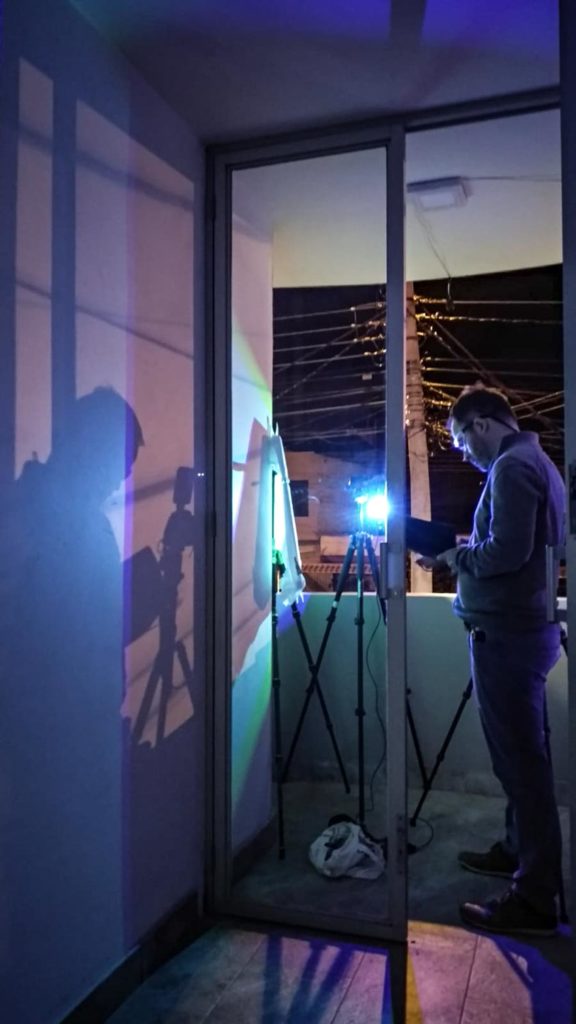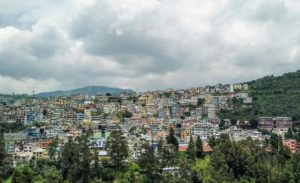After two successful days on Chimborazo, we moved on to Ambato on Day 10. There, we had time to actually look more closely at the samples we had collected and evaluate the many observations we had made over the past few days. In our fields of research, it is not very often that we get a chance to analyse our findings while still on-site, so this was a real treat for us. As well as giving us a better understanding of what we had discovered on the trip so far nice and early, it also allowed us to check our work for any mistakes and oversights. This was crucial in keeping us on track as we continued with our project.
We set up a makeshift sound studio, where Miriam could edit an interview that Ricarda had conducted with a local environmental engineer. You can listen to it here:
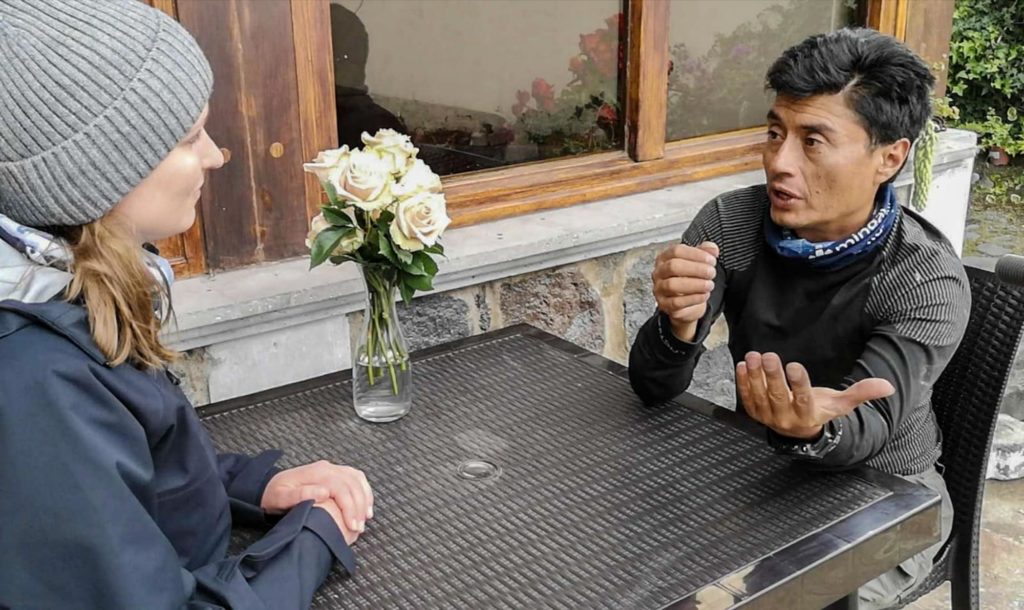
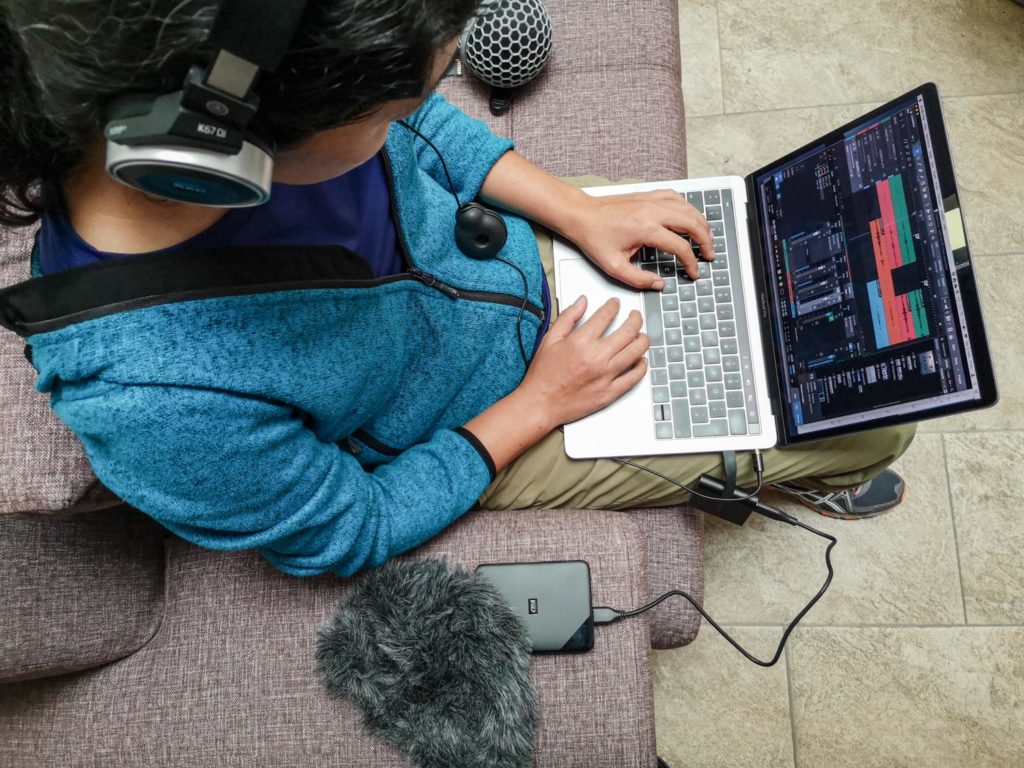
Dirk was busy taking more panoramic shots. To highlight their importance: They provide us with visual proof of the extent of the human dispersion in the area. We had the impression that people tend to spread out further as glaciers retreat, and the images provide evidence to support this.

Miriam recorded the sounds of the city to provide an audible impression of the Anthropocene impact locally.
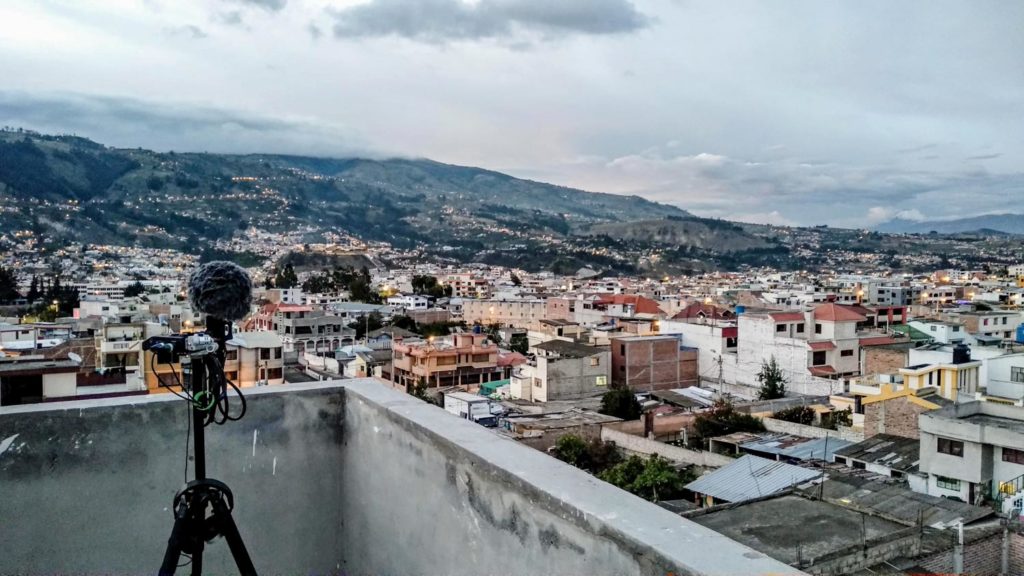
At this point, Christian asked a good question: Is it really worth exploring the natural world at night in the middle of the city (where light pollution is emitted by street lights and so on)? Unfortunately, the findings confirmed his doubts. No, it’s not worth it. But at least we knew one way or another.
